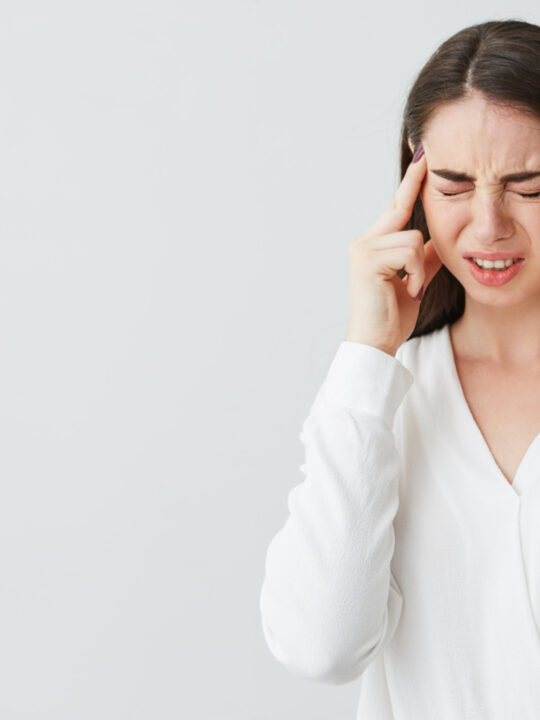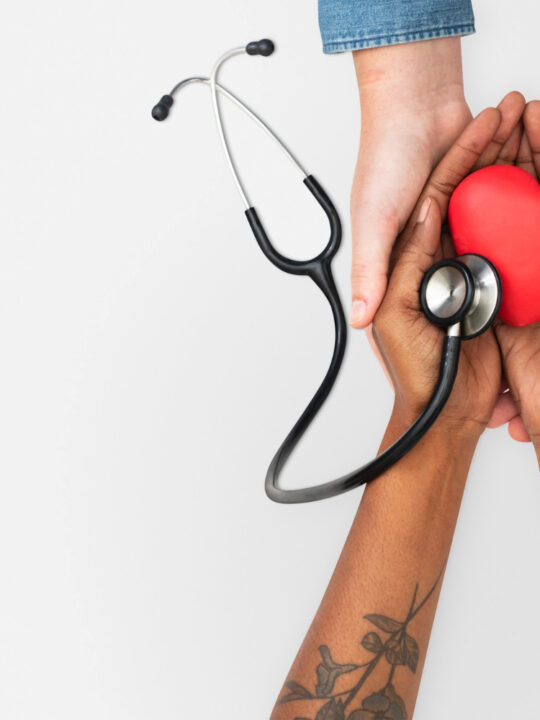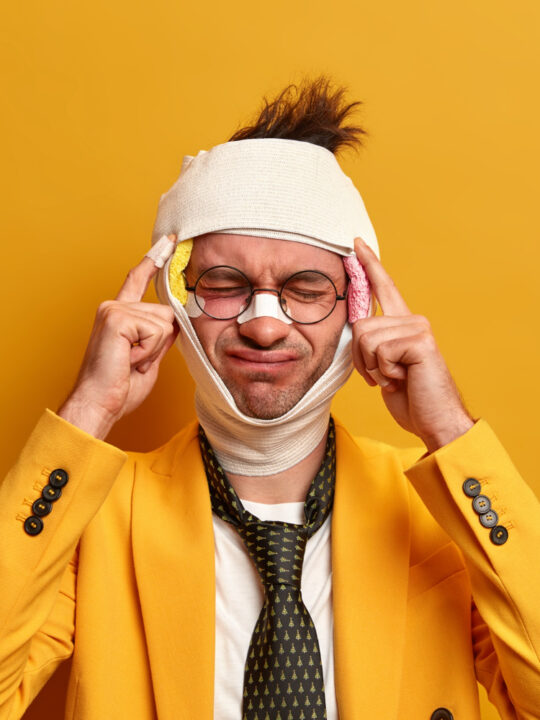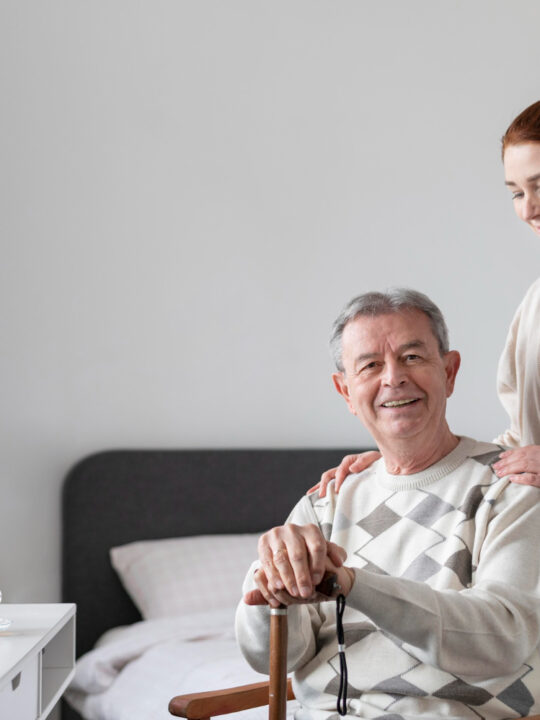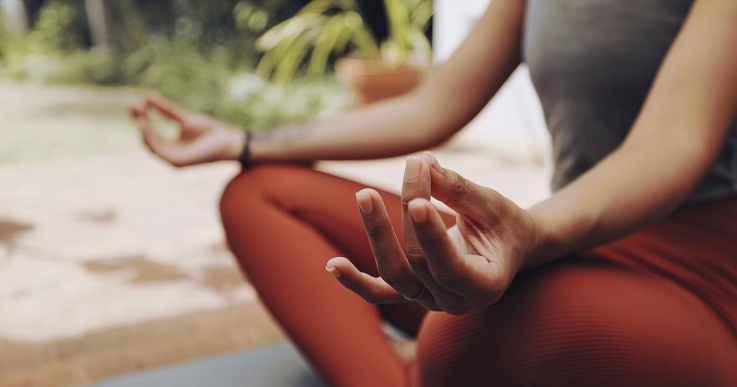 The last two decades have seen a significant increase in the use of mind-body practices in the US. Exercises like tai-chi, yoga, art and music therapy, meditation, and even practices like massage and acupuncture have become commonplace among men and women of all ages.
The last two decades have seen a significant increase in the use of mind-body practices in the US. Exercises like tai-chi, yoga, art and music therapy, meditation, and even practices like massage and acupuncture have become commonplace among men and women of all ages.
For most people, these are a good way to eliminate sedentary habits and get in touch with thoughts and feelings. Fortunately, they are also beneficial to mental health. Even before psychology became mainstream, practitioners believed that patients’ bodies affected their minds, and their minds affected their bodies. Mental conditions can impact physical health and vice versa.
While things like dreams exist only in the mind, there is no doubt that feelings exist in both mind and body. Most people, for example, will get butterflies when they are faced with a situation that makes them nervous. Some people are hot-headed, and when they get angry, they can feel the physiological changes caused by the anger. They feel hot and sweaty, and it may affect their vision.
And yet, with simple breathing exercises, they can calm their minds which in turn calms their bodies. As experts explore the effect of body practices, they increasingly find that these can have a profound effect on the mind. This article explores how counselors use these practices to help their patients.
Table of Contents
- 1 Counseling and the use of mind-body practices
- 2 What mind-body practices are used in counseling?
- 3 Low-intensity and movement-based mindfulness practices
- 4 Practices that encourage physical and mental relaxation
- 5 What are the benefits of mind-body practices in counseling?
- 6 Utilizing the benefits of mind-body practices
Counseling and the use of mind-body practices
Counselors play a huge role in mental health in the US. As the popularity has grown, patients now outnumber psychiatrists and psychologists by far. By 2021, the country had around 25,000 psychiatrists, 182,000 psychologists, and nearly 352,000 counselors to serve the US population.
Working in private practice, community centers, rehab centers and schools, they offer a wide range of services to their clients. Their roles include support and guidance for those experiencing mental health problems, providing therapy, such as coping skills and problem-solving abilities, developing and implementing treatment plans, and referring clients to other relevant services.
Counselors have also embraced the use of mind-body practices for their efficacy in dealing with mental health problems. For anyone thinking about joining the counseling profession, it is important to choose a course that explores the use of these techniques and the benefits they offer for different mental health conditions.
A wide range of programs are available for those who would like to become mental health counselors. Aspiring counselors who want to explore the full range of responsibilities of mental health counselors and rise to the top of their profession can look into the two graduate-level counseling programs offered at the American International College (AIC). This includes the MA in Clinical Mental Health Counseling and the EdD in Mental Health Counseling, with a carefully designed curriculum of online coursework, making them ideal for anyone looking for flexible study options.
What mind-body practices are used in counseling?
Mindfulness is one such mind-body practice. It is all about observing thoughts and feelings objectively. Rather than judging them as good or bad, patients examine why they have the feelings, becoming more aware of what is happening in their lives that contributes to positive or negative emotions. Using mindfulness practices, counselors are helping Americans overcome common mental health problems like stress, anxiety, and depression. These practices also help people overcome phobias, obsessive-compulsive disorders, PTSD, and other similar problems that many patients could present with.
Mind-body practices are classified into two broad categories, low-intensity and movement-based, and those that encourage physical and mental relaxation. The counselor can use one or several of these to help their client, and many choose one or two from both categories if they determine that the combination will benefit their client.
Low-intensity and movement-based mindfulness practices
Examples of low-intensity and movement-based mindfulness practices include yoga, tai chi, guided imagery, and qigong.
Yoga
The origins of the practice were developed in India more than 5,000 years ago, well before the emergence of modern medical systems. It arrived in America in 1893, and although it didn’t quite catch on immediately, it went on to become a common practice during the hippie movement of the 1960s and 1970s. Today, it is widely practiced, with many acknowledging that it has immediate tangible benefits.
One of the original practices is all about the intersection of movement through postures, mindful breathing, and meditation. Physical movements help strengthen the body and establish a connection between the mind and muscles. Yoga therapy helps improve meditation too, allowing clients to become more conscious of their thoughts, using breathing exercises that help with relaxation and guided imagery.
Treatment plans vary depending on the client’s mental health condition, physical health, gender, and age, and counselors tailor every plan to suit the patient they are working with. They explain the value of the recommended exercises for both the body and mind and address any questions the client may have.
If a client suffers from anxiety, for example, the therapist can draw up a yoga therapy plan that includes a child’s pose and a tree pose, explaining to the client how these poses work to reduce anxiety.
Tai chi
Tai chi is an ancient Chinese philosophy that helps practitioners control their breathing and therefore their internal energy. Its range of exercises helps improve physical balance, mobility, and stamina.
The movements used in this practice help reduce stress and anxiety by making practitioners more aware of their internal mental and bodily processes. It has also proved useful as a Cognitive Behavioral Therapy (CBT) tool, and some therapists use it to treat insomnia.
Those who regularly practice tai chi report higher energy levels, clarity of mind, a better quality of life, and improved cognitive function.
Counselors use this practice to help clients with relaxation training, behavior restructuring, and eradication of anxiety triggers. However, the biggest benefit is stress reduction. The various body movements that are involved seem to help people of all age groups feel more relaxed, and practitioners report higher quality of sleep and an overall feeling of wellness.
Qigong
This is a practice that is yet to become as popular as yoga or tai chi, but those who use it regularly say that it helps reduce feelings of stress and anxiety. It brings together bodily movements and muscle relaxation, breathing techniques and mental relaxation, allowing practitioners to connect with their internal force.
The practice has been used in China for centuries to improve overall health and enhance longevity. Those who practice it believe that it clears pathways for qi, or life force, improving both mental and physical health.
Its benefits in counseling are believed to come from the psychoneuroimmunology effects (the relationship between emotions, thoughts, perceptions, and the immune system). By supporting the relaxation response, qigong helps stabilize the nervous system and decrease tension, anxiety, and stress.
Practices that encourage physical and mental relaxation
These practices require little or no body movement, and they are usually administered by people who are trained in how best to use them.
Meditation
Meditation is one of the most common mind-body health practices and has proven to be an effective technique to improve mental and physical wellbeing. Those who practice it regularly experience improved cognitive function, calmness, self-awareness, and internal balance.
The practice can be guided or independent, and it has also been shown to help people overcome stress, anxiety, depression, and other common mental health conditions.
For some, meditation is easy to grasp, and they can use it successfully within two or three sessions. These people can find a private space where they can meditate once or twice a day or any time they feel stressed or anxious. Those who find it difficult to focus can settle for guided meditation where they have someone to lead them through the process by simply following the instructions given.
Many counselors encourage their clients to adopt regular meditation to deal with the challenges they encounter daily, clear their thoughts, alleviate anxiety, and stress, and even improve their quality of sleep.
Massage
For many, daily tension leads to tightness in the muscles, and massage can be used to treat this symptom. Massage is all about improving blood circulation throughout the body. The practice has many benefits, including overall relaxation of the body and reduction of the stress hormone cortisol.
When the human body undergoes a stressful experience, it releases cortisol that can lead to stress, anxiety, and even depression.
During a massage, the body reacts by lowering the amount of cortisol and increasing the levels of serotonin. This is a hormone that boosts feelings of wellbeing, regulates breathing, lowers stress, and improves sleep patterns.
Counselors can recommend massage therapy for clients who seem to have a lot of physical and psychological tension. It is particularly useful for the elderly and others who may not be able to take part in mind-body practices like yoga and tai chi.
Guided imagery
This is about the recreation of mental imagery using sounds and smells to help the patient relax and ease feelings of anxiety, tension, depression, fatigue, and discomfort from pain. Guided imagery has been shown to help with improving patient’s moods, increasing feelings of calm, and even bringing joy to those who practice it often enough.
In a typical guided imagery session, the practitioner guides the patient into a state of deep relaxation through breathing techniques, muscle relaxation, music, and other tools.
What are the benefits of mind-body practices in counseling?
Mind-body practices have become increasingly common in counseling because of the immediate benefits they confer including the following.
A reduction in stress and anxiety
All these practices, whether adopted alone or in combination, help patients relieve levels of stress and anxiety. These practices can lower cortisol levels and promote the release of the happiness hormone serotonin.
Improving moods and wellbeing
For people who suffer from mood swings, mind-body practices can help them control their reactions to different challenges, helping them take things in stride and have more control over their emotional wellbeing.
Improved sleep
Insomnia is a common complaint among people who suffer from mental health problems, and numerous mind-body practices have been shown to help improve the quality of sleep.
Sleep is vital because it is the process through which the brain relaxes, and when it is relaxed it feels less stressed. A well-rested brain can take care of conditions like anxiety and depression and also help with mental clarity and mood control.
Managing chronic pain
Some people have successfully controlled pain using mind-body practices. Although it isn’t clear how it works, researchers hypothesize that higher levels of serotonin and lower levels of cortisol work together to reduce pain. Patients may not become completely pain-free, but those who have mastered these techniques report significantly reduced pain.
Utilizing the benefits of mind-body practices
Research has proved that many practices that were previously considered fringe have great benefits for a variety of mental conditions. They help ease stress and anxiety, can help tame negative thoughts and encourage positive ones.
Mind-body practices play a significant role in counseling, and anyone who plans to become a mental health counselor should familiarize themselves with the different practices, their benefits, and how best they can be implemented.




